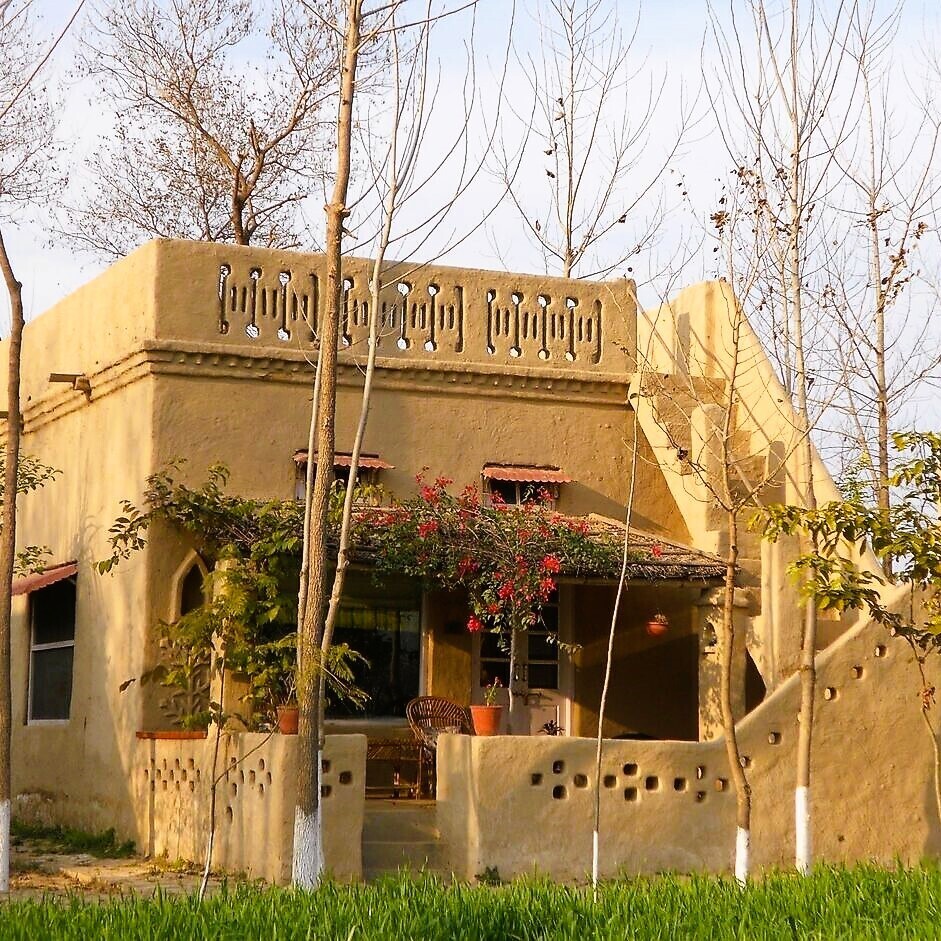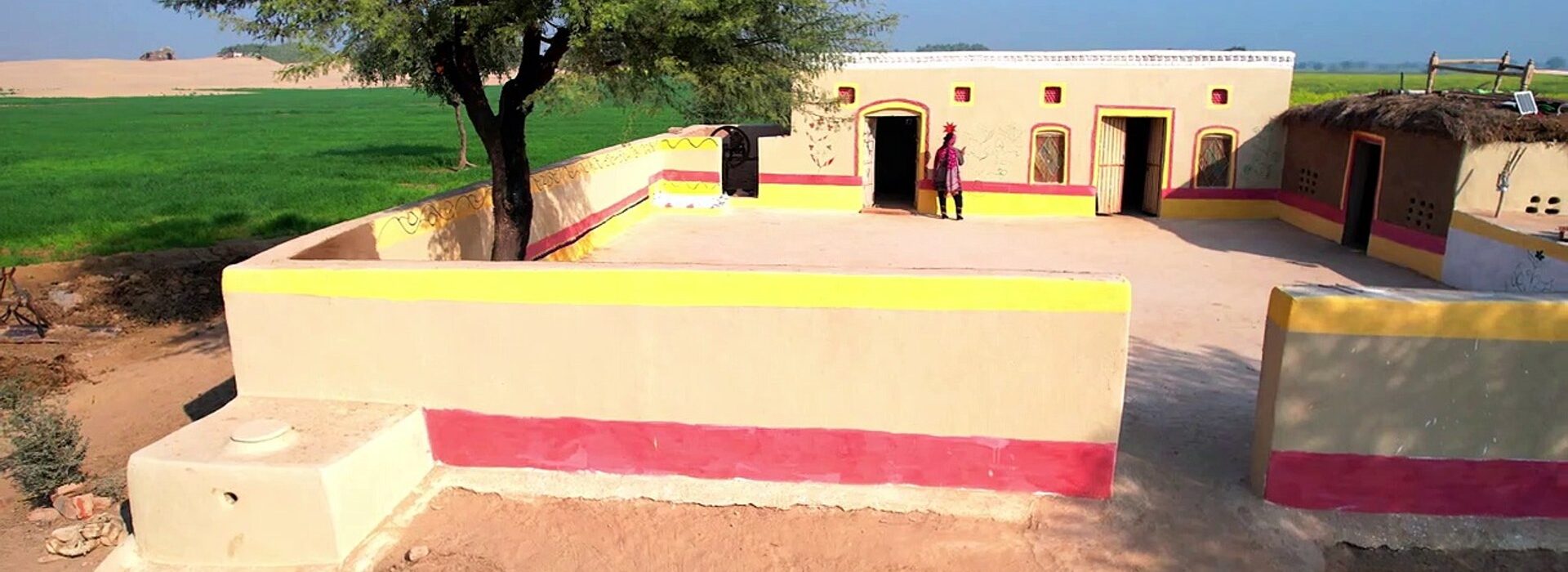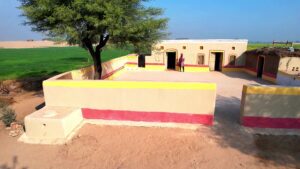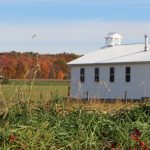The Punjab region, spanning parts of northern India and eastern Pakistan, is known for its rich cultural heritage, fertile lands, and vibrant traditions. One of the most enduring aspects of its architectural landscape is the mud house. These humble yet remarkable structures are not only a testament to the ingenuity of local builders but also a symbol of sustainability and resilience.
Historical Significance
Mud houses have been a part of Punjab’s architectural history for centuries. The practice of building with mud dates back to ancient times, when people first began to settle and cultivate the fertile plains of the Indus Valley. These homes were crafted using locally sourced materials, primarily mud, straw, and bamboo, which were abundantly available and cost-effective. This traditional building technique has been passed down through generations, preserving a link to the region’s past.
Construction Techniques
 Building a mud house is an art form that requires skill and knowledge of local materials and climatic conditions. The process begins with preparing the mud mixture, often combined with straw to enhance its strength and insulation properties. The mixture is then applied to a wooden framework or molded into bricks that are sun-dried before being used in construction.
Building a mud house is an art form that requires skill and knowledge of local materials and climatic conditions. The process begins with preparing the mud mixture, often combined with straw to enhance its strength and insulation properties. The mixture is then applied to a wooden framework or molded into bricks that are sun-dried before being used in construction.
The walls of mud houses are typically thick, providing excellent thermal insulation. During the scorching summers of Punjab, these walls keep the interiors cool, while in winter, they retain warmth, creating a comfortable living environment year-round. The roofs are often thatched with locally available materials like bamboo and reeds, adding another layer of insulation and aesthetic appeal.
Environmental Benefits
One of the most significant advantages of mud houses is their minimal environmental impact. The materials used in construction are natural and biodegradable, reducing the carbon footprint associated with modern building methods. Unlike concrete and steel structures, mud houses do not require energy-intensive processes or non-renewable resources, making them a sustainable choice.
Additionally, mud houses are naturally energy-efficient. Their thermal properties reduce the need for artificial heating and cooling, lowering energy consumption and associated costs. This makes them an eco-friendly option that aligns with contemporary concerns about sustainability and climate change.
Cultural Significance
Mud houses are more than just functional dwellings; they are a reflection of the cultural identity of the Punjabi people. The construction and maintenance of these homes often involve the entire community, fostering a sense of togetherness and shared heritage. Traditional decorative elements, such as intricate mud carvings and vibrant paintings, are frequently added, showcasing the artistic talents and cultural expressions of the inhabitants.
These houses also play a crucial role in social and family life. Their open layouts and spacious courtyards are ideal for hosting gatherings, celebrating festivals, and performing daily rituals, all of which are integral to Punjabi culture. The design of mud houses encourages a close-knit lifestyle, where multiple generations often live together under one roof.
Challenges and Modern Adaptations
Despite their many advantages, mud houses face challenges in the modern era. Urbanization, changing lifestyles, and the lure of contemporary construction methods have led to a decline in traditional mud house building. Additionally, mud houses require regular maintenance to protect them from weathering and structural damage, which can be labor-intensive.
However, there is a growing movement to revive and adapt these traditional homes for contemporary living. Architects and builders are exploring innovative techniques to reinforce mud structures and integrate modern amenities without compromising their ecological benefits. There is also a rising awareness and appreciation of the cultural and environmental value of mud houses, encouraging a resurgence in their popularity.
Conclusion
Mud houses in the Punjab region are a remarkable blend of tradition, sustainability, and cultural heritage. They stand as enduring symbols of the resourcefulness and resilience of the Punjabi people, offering valuable lessons in sustainable living and community cohesion. As we navigate the challenges of the modern world, the timeless charm and practicality of mud houses remind us of the importance of preserving and celebrating our architectural traditions.












